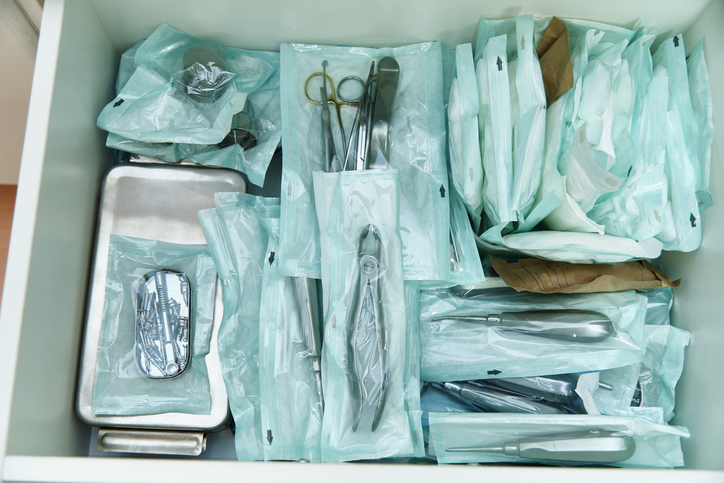
Vaporized Hydrogen Peroxide (VHP) sterilization
Steris AST has announced that contract vaporized hydrogen peroxide (VHP) sterilization services are now available at Tullamore, Ireland facility. Learn more about this new offering: https://steris-ast.com/services/vaporized-hydrogen-peroxide/
What is Vaporised Hydrogen Peroxide (VHP)
Vaporised Hydrogen Peroxide (VHP) is produced from a solution of liquid H2O2 and water, by generators specifically designed for the purpose. These generators initially dehumidify the ambient air, then produce VHP by passing aqueous hydrogen peroxide over a vaporiser and circulate the vapor at a programmed concentration in the air, typically from 140 ppm to 1400 ppm, depending on the infectious agent to be cleared. After the VHP has circulated in the enclosed space for a pre-defined period of time, it is circulated back through the generator, where it is broken down into water and oxygen by a catalytic converter, until concentrations of VHP fall to safe levels (typically <1 ppm). Alternatively, the VHP is vented to the outside air, in cases where recapturing of the VHP is not needed.
Regulatory status
VHP is registered by the U.S. Environmental Protection Agency as a sterilant, which the EPA defines as “a substance that destroys or eliminates all forms of microbial life in the inanimate environment, including all forms of vegetative bacteria, bacterial spores, fungi, fungal spores, and viruses”.
Standard under development
ISO/CD 22441 Sterilization of health care products — Low temperature vaporized hydrogen peroxide — Requirements for the development, validation and routine control of a sterilization process for medical devices
What is Vaporized Hydrogen Peroxide Used For?
VHP is compatible with a wide range of polymeric materials, making it an effective sterilization method for single-use healthcare products such as:
- Implants and devices with electronics
- Pharmaceutical containers
- Parenteral drug delivery systems such as pre-filled syringes
- Combination delivery devices
- Single-packaged assembled complex devices
- Complete assemblies or devices with loose components (e.g. needles)
- Temperature sensitive devices

